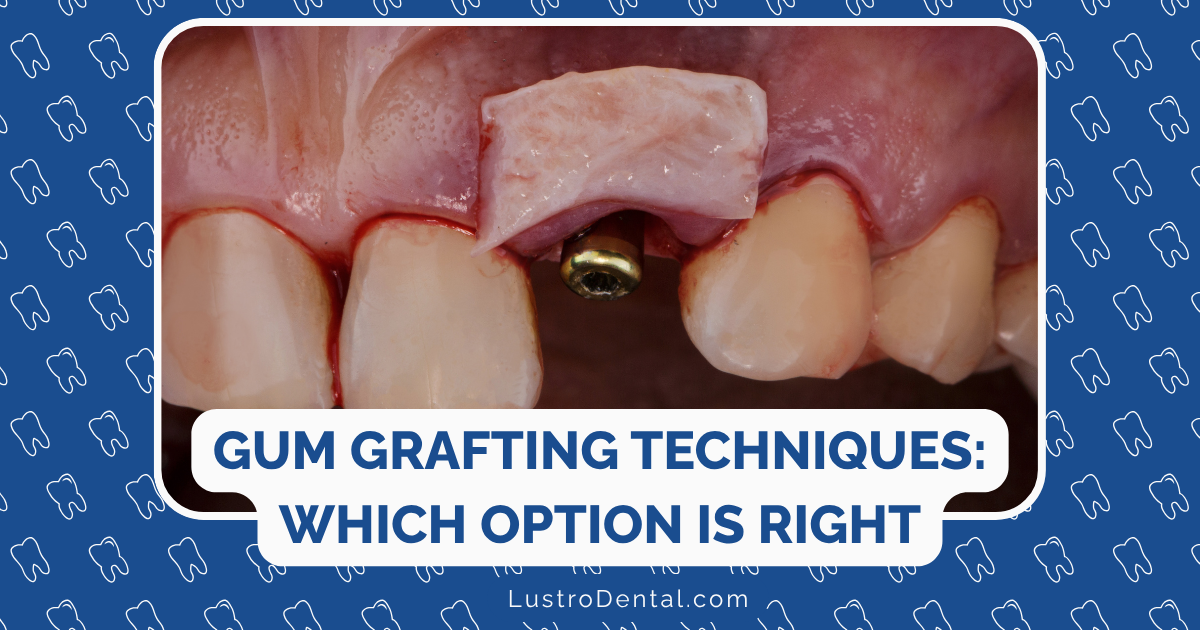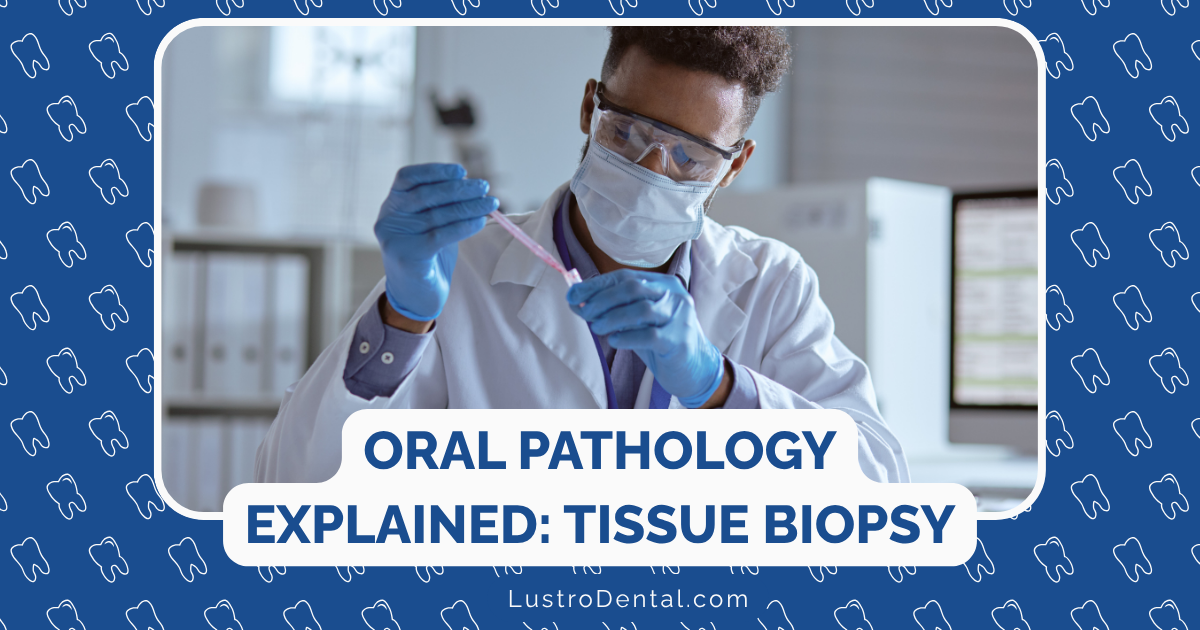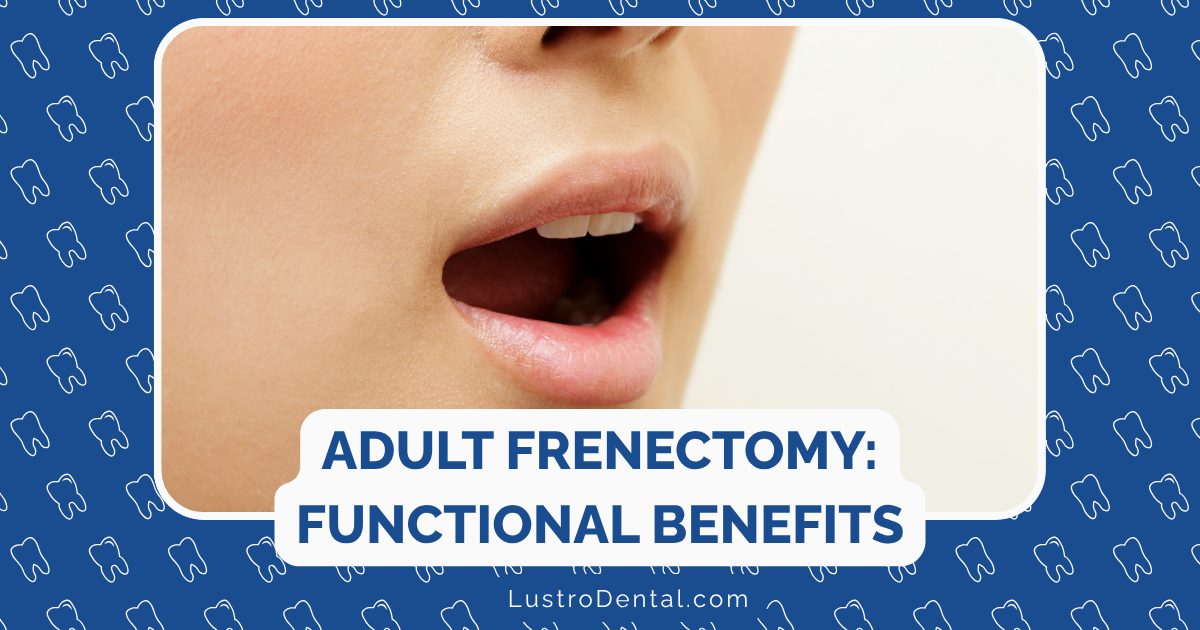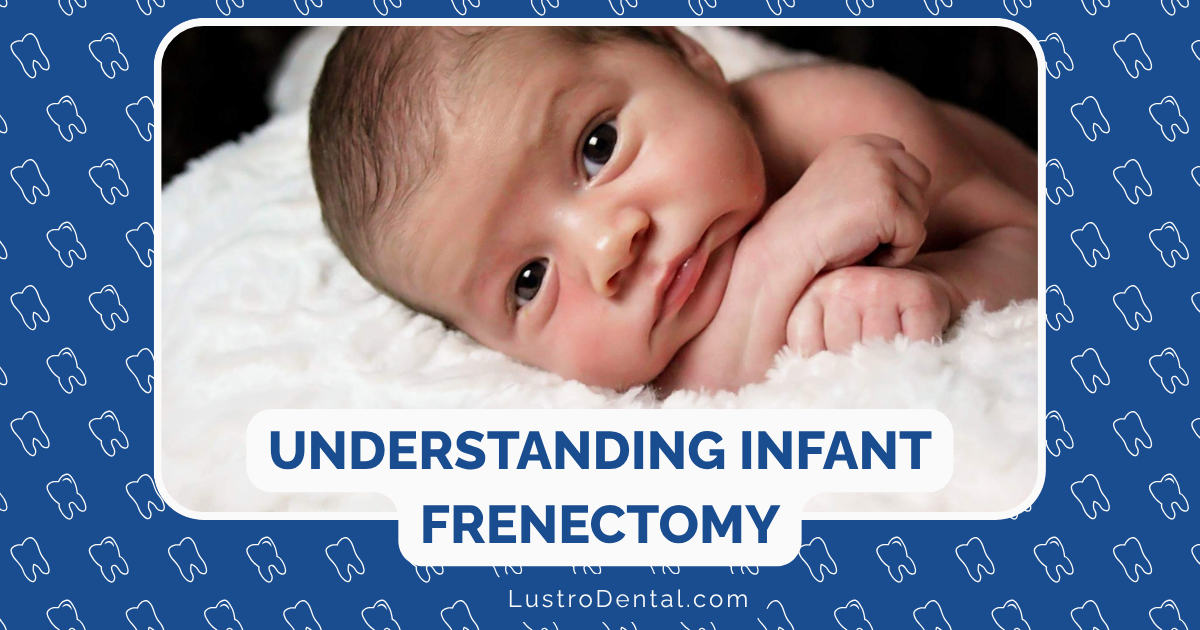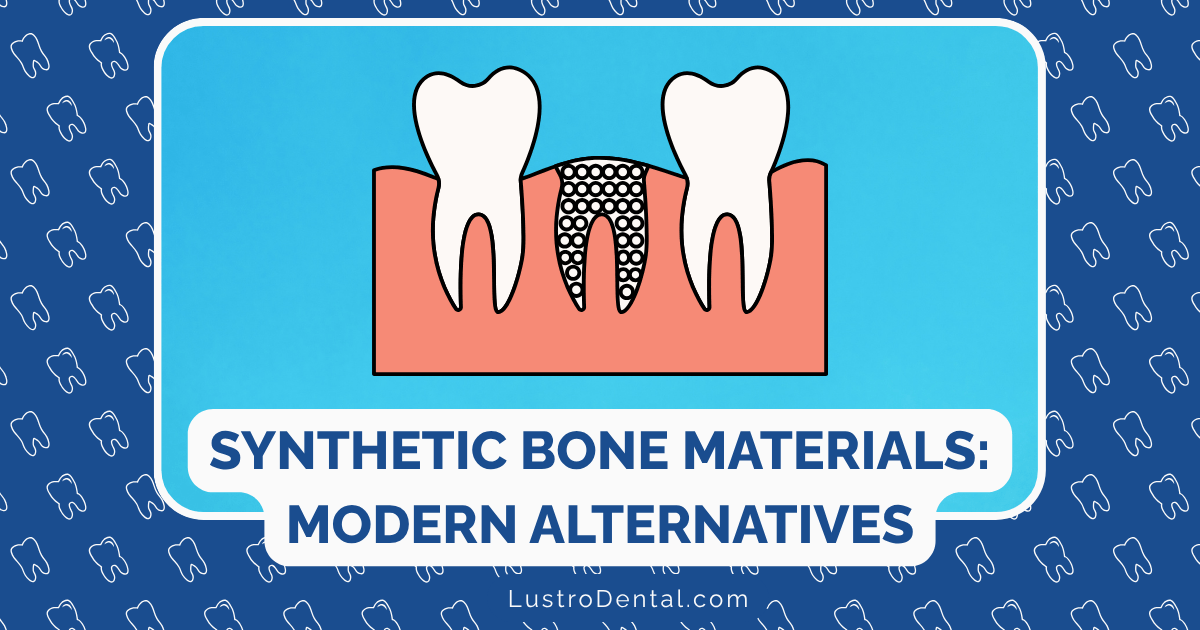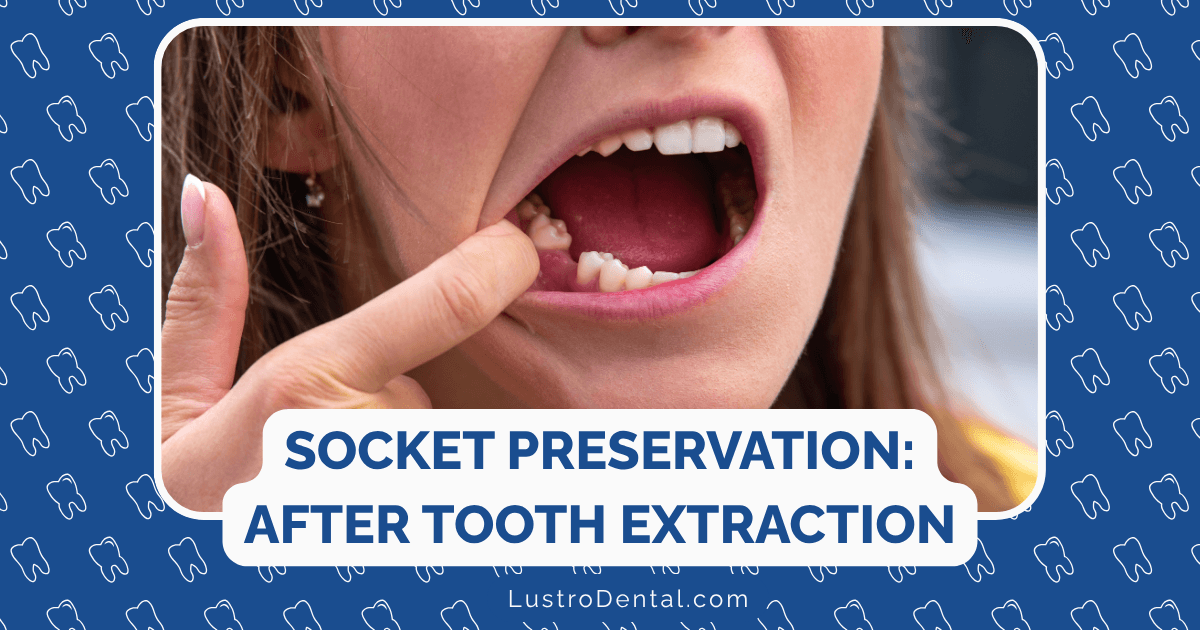Laser Soft Tissue Procedures: Benefits of Minimally Invasive Approaches
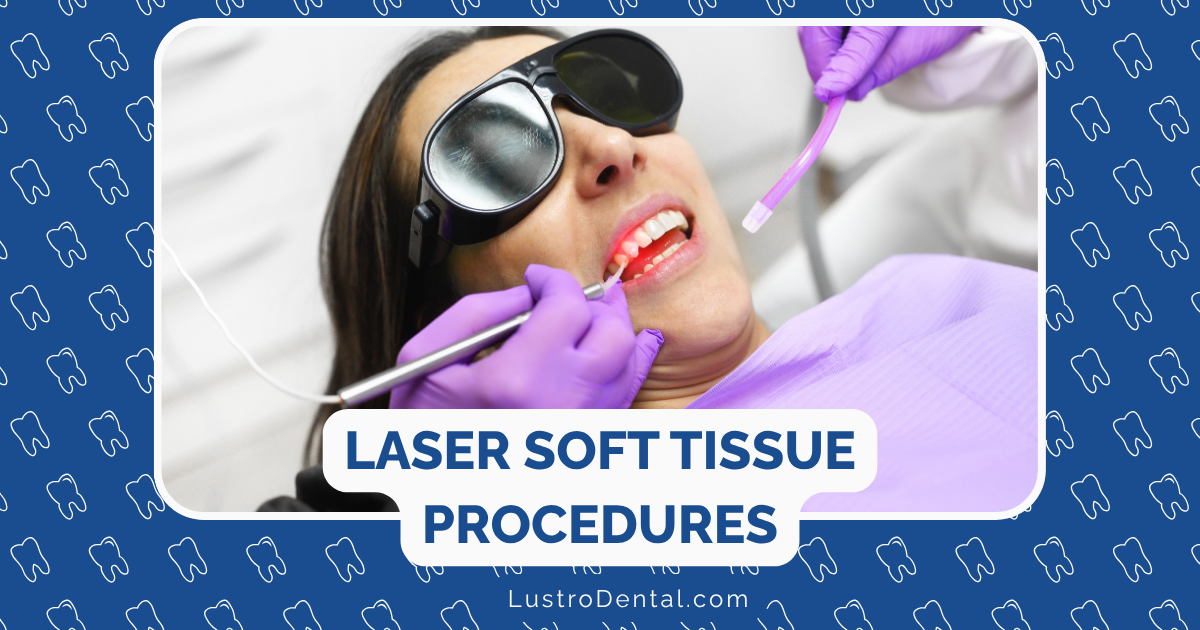
When Lisa came to our practice needing gum recontouring before her upcoming wedding, she was concerned about pain and recovery time. “I want to improve my smile for the photos, but my wedding is in three weeks,” she explained. “Will I be healed by then?”
In the past, this would have been a valid concern. Traditional gum surgery using scalpels and sutures typically requires weeks of healing. But thanks to advances in laser dentistry, I was able to confidently reassure Lisa that she would be fully healed well before her big day.
Laser technology has revolutionized how we approach soft tissue procedures in dentistry, offering significant benefits for both patients and practitioners. In this comprehensive guide, we’ll explore how dental lasers work, the procedures they’re used for, and the remarkable advantages they provide through minimally invasive approaches.
Understanding Dental Lasers: The Science Behind the Technology
Before diving into specific procedures and benefits, it’s helpful to understand what dental lasers are and how they work.
What Is a Dental Laser?
A dental laser is a device that produces a concentrated beam of light energy. When this energy contacts tissue, it causes a reaction that allows for precise cutting, reshaping, or removal of that tissue. Unlike traditional tools like scalpels that mechanically cut tissue, lasers work through photothermal interactions—essentially using light energy to precisely affect tissues.
Dr. Robert Wilson, a researcher at the Academy of Laser Dentistry, explains: “Dental lasers work by delivering energy in the form of light. When the laser light contacts tissue, it’s absorbed and converted to heat, which can then vaporize, cut, coagulate, or sterilize the target tissue, depending on the specific laser parameters used.”
Types of Dental Lasers for Soft Tissue Procedures
Different types of lasers are used in dentistry, each with specific wavelengths that make them suitable for particular procedures:
Diode Lasers
Wavelength: Typically 810-980 nm Best for: Soft tissue procedures including gingival recontouring, frenectomies, and treatment of periodontal disease Characteristics: Compact, relatively affordable, excellent for hemostasis (controlling bleeding)
Nd:YAG Lasers
Wavelength: 1064 nm Best for: Deeper soft tissue procedures, treatment of periodontal pockets Characteristics: Excellent penetration into soft tissue, good hemostatic properties
Er:YAG and Er,Cr:YSGG Lasers
Wavelength: 2780-2940 nm Best for: Both soft and hard tissue procedures Characteristics: Minimal thermal damage, precise cutting, less effective for hemostasis
CO₂ Lasers
Wavelength: 10,600 nm Best for: Superficial soft tissue procedures, excellent precision Characteristics: Minimal tissue penetration, excellent for precise surface procedures
According to a review published in the Journal of Laser Dentistry, diode lasers are the most commonly used in general dental practices due to their versatility, affordability, and excellent soft tissue management capabilities.
Common Soft Tissue Laser Procedures: Applications in Modern Dentistry
Dental lasers have found applications in numerous soft tissue procedures, transforming how these treatments are performed and experienced.
Aesthetic Gum Recontouring
Also known as gingival sculpting or crown lengthening, this procedure reshapes the gumline to improve the appearance of a “gummy smile” or to create a more symmetrical gumline.
Traditional approach: Scalpel cutting, sutures, significant bleeding, and 2-3 weeks of healing Laser approach: Precise tissue removal, immediate sealing of blood vessels, minimal discomfort, and healing within days
Dr. Sarah Chen of the American Academy of Cosmetic Dentistry notes: “Laser gum recontouring allows us to create beautiful, natural-looking gumlines with incredible precision. The immediate hemostasis means we can see our results in real-time and make adjustments as needed—something that’s much more challenging with traditional methods.”
Frenectomy (Tongue-Tie and Lip-Tie Release)
This procedure addresses restricted frenum attachments—the small folds of tissue that connect the tongue to the floor of the mouth (lingual frenectomy) or the lips to the gums (labial frenectomy).
Traditional approach: Surgical cutting with scissors or scalpel, sutures, significant post-operative discomfort Laser approach: Precise tissue vaporization, minimal bleeding, no sutures needed, reduced post-operative discomfort
The benefits are particularly notable for infant frenectomies, where improved feeding can begin almost immediately after the procedure. For adults, laser frenectomies can address speech issues or gum recession with minimal downtime.
Treatment of Periodontal Disease
Lasers have transformed the approach to treating gum disease, offering less invasive alternatives to traditional periodontal surgery.
Traditional approach: Surgical flap procedures, extensive tissue manipulation, sutures, significant recovery time Laser approach: Targeted removal of diseased tissue, sterilization of periodontal pockets, stimulation of healthy attachment, minimal disruption of healthy tissue
Research published in the Journal of Periodontology shows that laser periodontal therapy can achieve comparable clinical results to traditional methods with significantly improved patient comfort and reduced recovery time.
Soft Tissue Biopsies
When suspicious lesions need to be examined, laser biopsies offer advantages over traditional methods.
Traditional approach: Scalpel excision, sutures, bleeding that can obscure the surgical field Laser approach: Clean, precise excision with minimal bleeding, often no sutures required, less tissue distortion for pathological examination
Treating Oral Lesions
Lasers are effective for treating various oral lesions including aphthous ulcers (canker sores), herpes labialis (cold sores), and fibroma removal.
Traditional approach: Medication for symptom management or surgical excision for removal Laser approach: Pain relief often immediately after treatment, accelerated healing, reduced recurrence rates for some conditions
Uncovering Impacted or Partially Erupted Teeth
Often performed in conjunction with orthodontic treatment, this procedure exposes teeth that haven’t properly erupted through the gumline.
Traditional approach: Surgical uncovering with significant tissue removal, sutures, post-operative discomfort Laser approach: Precise removal of only necessary tissue, immediate placement of orthodontic attachments, minimal discomfort
The Benefits of Laser Soft Tissue Procedures: Why Minimally Invasive Matters
The advantages of laser procedures extend beyond just being “high-tech.” They offer tangible benefits that improve both clinical outcomes and patient experience.
1. Minimized Bleeding and Improved Visibility
One of the most immediate benefits of laser soft tissue procedures is significantly reduced bleeding.
How it works: Laser energy seals blood vessels as it cuts through tissue (hemostasis), resulting in a nearly bloodless surgical field.
Clinical advantage: Improved visibility allows for greater precision and often eliminates the need for sutures.
Patient benefit: Less blood means less anxiety during the procedure and simplified aftercare.
A study in the International Journal of Dentistry found that laser procedures reduced intraoperative bleeding by approximately 80% compared to traditional surgical approaches.
2. Reduced Pain and Discomfort
Laser procedures are inherently less traumatic to tissues than traditional surgical methods.
How it works: Laser energy seals nerve endings as it works and causes less tissue trauma than mechanical cutting.
Clinical advantage: Often requires less anesthesia and allows for more comfortable treatment.
Patient benefit: Reduced pain both during and after the procedure, often eliminating the need for post-operative pain medication.
“Many of my patients report taking no pain medication at all after laser procedures,” reports Dr. Michael Johnson, a periodontist specializing in laser therapy. “This is in stark contrast to traditional surgery, where pain management is a significant concern.”
3. Accelerated Healing and Reduced Recovery Time
The minimally invasive nature of laser procedures translates to dramatically faster healing.
How it works: Less collateral tissue damage means the body can focus healing resources more efficiently; additionally, lasers stimulate biostimulation at the cellular level.
Clinical advantage: Faster return to normal tissue appearance and function, reduced risk of complications.
Patient benefit: Minimal downtime, quicker return to normal activities and diet.
Research published in the Journal of the American Dental Association demonstrates that soft tissue wounds created by lasers can heal up to 50% faster than those created by scalpels.
4. Reduced Risk of Infection
Laser energy has inherent antimicrobial properties that traditional surgical tools lack.
How it works: The high-energy laser beam sterilizes as it works, killing bacteria in the surgical site.
Clinical advantage: Reduced need for prophylactic antibiotics, lower complication rates.
Patient benefit: Decreased risk of post-operative infection, fewer medication side effects.
A meta-analysis in the Journal of Evidence-Based Dental Practice found that laser procedures had a 30% lower infection rate compared to traditional surgical approaches.
5. Precision and Preservation of Healthy Tissue
Lasers allow for incredibly precise tissue removal.
How it works: Different laser wavelengths target specific tissues, allowing for selective removal of only the intended tissue.
Clinical advantage: Preservation of healthy surrounding structures, more predictable results.
Patient benefit: More conservative treatment, better aesthetic outcomes, preservation of natural tissue.
“The precision of laser treatment allows us to be incredibly conservative,” explains Dr. Lisa Rodriguez of the American Academy of Periodontology. “We can often remove just a fraction of a millimeter of tissue when needed, something that’s nearly impossible with traditional tools.”
6. Reduced Anxiety and Improved Patient Experience
The non-invasive nature of laser procedures significantly reduces patient anxiety.
How it works: No mechanical cutting means no pressure sensation, less noise, and often less anesthesia.
Clinical advantage: Better patient cooperation, ability to perform multiple procedures in a single visit.
Patient benefit: Less stress, more comfortable experience, greater willingness to undergo necessary treatment.
A patient satisfaction survey published in the Journal of Dental Research found that 93% of patients who experienced both traditional and laser procedures preferred the laser approach and reported significantly lower anxiety levels.
Lisa’s Experience: A Real Patient’s Laser Journey
Returning to Lisa’s story from our introduction, her experience illustrates the benefits of laser soft tissue procedures.
“I was amazed by how different the experience was from what I expected,” Lisa shared after her gum recontouring procedure. “The treatment itself was quick—about 30 minutes—and completely comfortable. I felt a slight warming sensation but no pain at all.”
Her recovery was equally impressive: “There was minimal swelling the first day, which was gone by the next morning. I was able to brush gently around the area the very next day, and within a week, my gums looked completely natural—just better shaped! By my wedding day three weeks later, I had completely forgotten I’d even had the procedure.”
Lisa’s case demonstrates the typical timeline for laser gum recontouring:
- Day of procedure: Minimal discomfort, slight redness
- 1-2 days post-procedure: Minimal to no swelling, slight tenderness when brushing
- 3-5 days post-procedure: Normal appearance resumed, minimal tenderness
- 7-10 days post-procedure: Complete healing, final results visible
Considerations and Limitations: When Lasers May Not Be the Answer
While laser soft tissue procedures offer numerous advantages, they aren’t appropriate for every situation.
Specific Clinical Limitations
- Deep periodontal pockets: Very deep pockets may still require traditional flap surgery
- Extensive tissue removal: Large-scale tissue removal may be better suited to traditional approaches
- Certain medical conditions: Patients with photosensitivity disorders or taking photosensitizing medications may not be candidates
Practical Considerations
- Provider expertise: The effectiveness of laser procedures depends heavily on the clinician’s training and experience
- Equipment availability: Not all dental practices have invested in laser technology
- Cost factors: Some insurance plans may not fully cover laser procedures, potentially resulting in higher out-of-pocket costs
Dr. Wilson advises: “Laser dentistry is a powerful tool, but it’s still just that—a tool. The skill and judgment of the clinician remain the most important factors in treatment success. Patients should seek providers who have specific training and certification in laser dentistry.”
Finding a Qualified Laser Dentistry Provider
If you’re interested in the benefits of laser soft tissue procedures, finding a properly trained provider is essential.
What to Look For:
- Specific laser training: Look for memberships in organizations like the Academy of Laser Dentistry or completion of laser certification programs
- Experience with your specific procedure: Ask how many similar procedures they’ve performed with laser technology
- Before and after examples: Request to see examples of similar cases they’ve treated
- Technology investment: Providers who have invested in quality laser equipment and ongoing education demonstrate commitment to this approach
- Transparent discussion of alternatives: A good provider will discuss both laser and traditional approaches, including the pros and cons of each
The Future of Laser Dentistry: Emerging Trends and Technologies
The field of laser dentistry continues to evolve rapidly, with several exciting developments on the horizon:
Combination Therapies
Researchers are exploring how lasers can be combined with other technologies like photodynamic therapy (using light-activated antimicrobial agents) to enhance treatment outcomes, particularly for periodontal disease.
AI-Guided Laser Applications
Artificial intelligence is being integrated with laser systems to provide real-time guidance during procedures, potentially improving precision and outcomes while reducing the learning curve for practitioners.
Expanded Regenerative Applications
Emerging research suggests that certain laser wavelengths may stimulate stem cell activity and enhance tissue regeneration, potentially opening new avenues for treating previously irreversible conditions.
Dr. Rodriguez notes: “We’re just beginning to understand the full potential of laser energy in promoting not just healing but true regeneration of oral tissues. The next decade will likely bring applications we can hardly imagine today.”
Conclusion: A Brighter Future for Dental Soft Tissue Procedures
Laser technology has transformed the landscape of soft tissue procedures in dentistry, offering truly minimally invasive approaches with significant benefits for both clinical outcomes and patient experience. From reduced bleeding and pain to faster healing and decreased anxiety, these advantages make laser procedures an attractive option for many patients.
As Lisa discovered with her pre-wedding gum recontouring, the difference between traditional and laser approaches can be dramatic—not just in the final result, but in the entire treatment journey. While lasers aren’t appropriate for every situation, they represent one of the most significant advances in making dental care more comfortable, efficient, and effective.
If you’re facing a soft tissue dental procedure, discussing laser options with a qualified provider may open the door to a significantly improved treatment experience with excellent results.
Have you experienced a laser dental procedure? We’d love to hear about your experience in the comments below.


